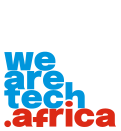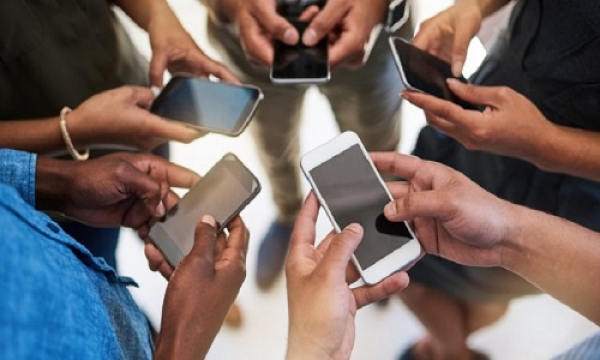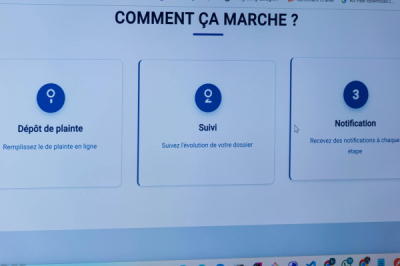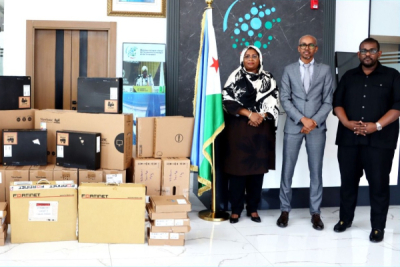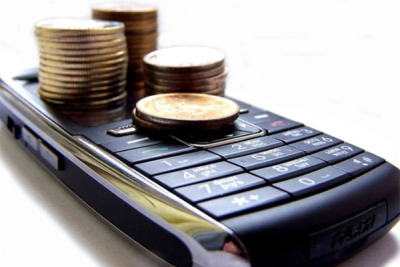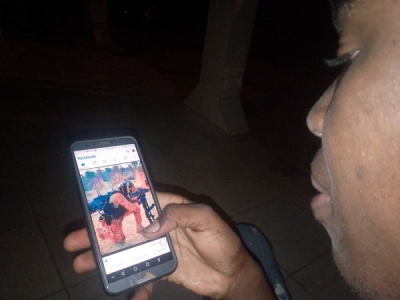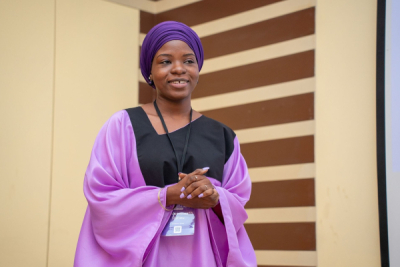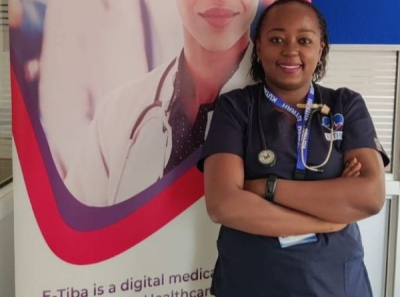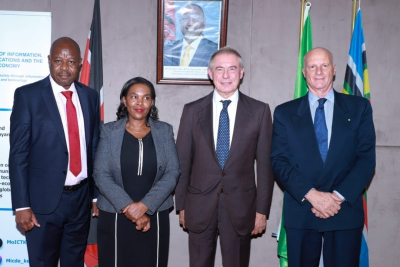- GSMA, African operators set $30–$40 4G smartphone standard
- Coalition urges tax cuts, bulk orders to lower device costs
- Affordable smartphones key to bridging Africa’s digital divide
The GSMA, the global telecom industry body, and six major African mobile operators, including Orange, are joining forces to expand smartphone access across the continent. On Tuesday, Oct. 21, at the Mobile World Congress in Kigali, Rwanda, the coalition announced a basic technical standard for affordable 4G smartphones. The standard defines key components such as memory, screen, battery, and camera, aiming to ensure a reliable and durable 4G experience at a target price between $30 and $40.
According to the GSMA, the physical components of a smartphone—the screen, processor, memory, radio, and battery—account for 50% to 70% of its total cost. The group says lasting price cuts require optimizing component costs, achieving economies of scale through mass production, and streamlining expenses such as patents, logistics, and distribution margins.
Standardization is central to this approach: by allowing all carriers to order the same model, component suppliers can lower prices for large orders. The GSMA hopes to consolidate demand around a single design, giving manufacturers confidence to produce at scale and cut costs.
In the coming months, the GSMA plans to work with Original Equipment Manufacturers (OEMs) and tech firms to define the core requirements and gain their support for affordable 4G devices.
To make this vision a reality, the coalition is focusing on two main strategies. In the coming months, the GSMA plans to work with Original Equipment Manufacturers (OEMs) and tech firms to define the core requirements and gain their support for affordable 4G devices. At the same time, it is urging African governments to cut taxes on smartphones priced below $100. South Africa, for example, removed excise duties on phones costing under 2,500 rand ($136) in March 2025 to make devices more affordable for low-income households.
The GSMA notes that in some countries, VAT and import duties can raise handset prices by more than 30%, pushing up costs for consumers and slowing digital inclusion. “Access to a smartphone is not a luxury – it is a lifeline to essential services, income opportunities and participation in the digital economy,” said GSMA Director General Vivek Badrinath. “By uniting around a shared vision for affordable 4G devices, Africa’s leading operators and the GSMA are sending a strong signal to manufacturers and policymakers. This is an important step toward bridging the digital divide and enabling millions more people to benefit from mobile connectivity.”
For Africa, the main obstacle to mobile service access is no longer network coverage but handset cost.
For Africa, the main obstacle to mobile service access is no longer network coverage but handset cost. Over the past decade, operators have invested heavily to extend coverage. As a result, by 2024, the continent’s mobile coverage reached 86% for 3G, 71% for 4G, and 11% for 5G, according to the International Telecommunication Union (ITU). Yet only 52% of Africans were connected to mobile broadband.
GSMA Intelligence estimates that a $40 smartphone could bring another 20 million people in Sub-Saharan Africa online, while a $30 device could connect up to 50 million more.
The GSMA defines affordability as a price equivalent to 15–20% of average monthly income. The World Bank estimates that in low- and middle-income countries, an entry-level smartphone costs about 18% of a typical adult’s monthly income—but this rises to 73% for the poorest 40% of households in Sub-Saharan Africa.
For telecom operators, making smartphones more affordable is strategically vital: it means a broader internet user base and higher data revenue.
Beyond technology and tax policy, genuine smartphone accessibility requires a mix of measures to ease entry and promote lasting use.
Beyond technology and tax policy, genuine smartphone accessibility requires a mix of measures to ease entry and promote lasting use. Financing is key: offering installment payments through operators or microcredit adapted to irregular incomes, with clear pricing and insurance, makes devices easier to obtain. After-sales service also matters: a local repair network, available spare parts, and capped prices extend device lifespans, reduce waste, and protect consumers’ budgets.
Building digital skills is equally important. Many still see smartphones as a luxury simply because they don’t know how to use them. Training users on basic features improves autonomy and increases the perceived value of the device relative to its cost.
Combined, these factors make a smartphone a genuine investment — a tool for work, education, and access to essential services. To sustain this progress, policymakers and industry must design end-to-end solutions — from purchase to maintenance — ensuring smartphones become a lasting driver of digital inclusion.
Muriel Edjo
